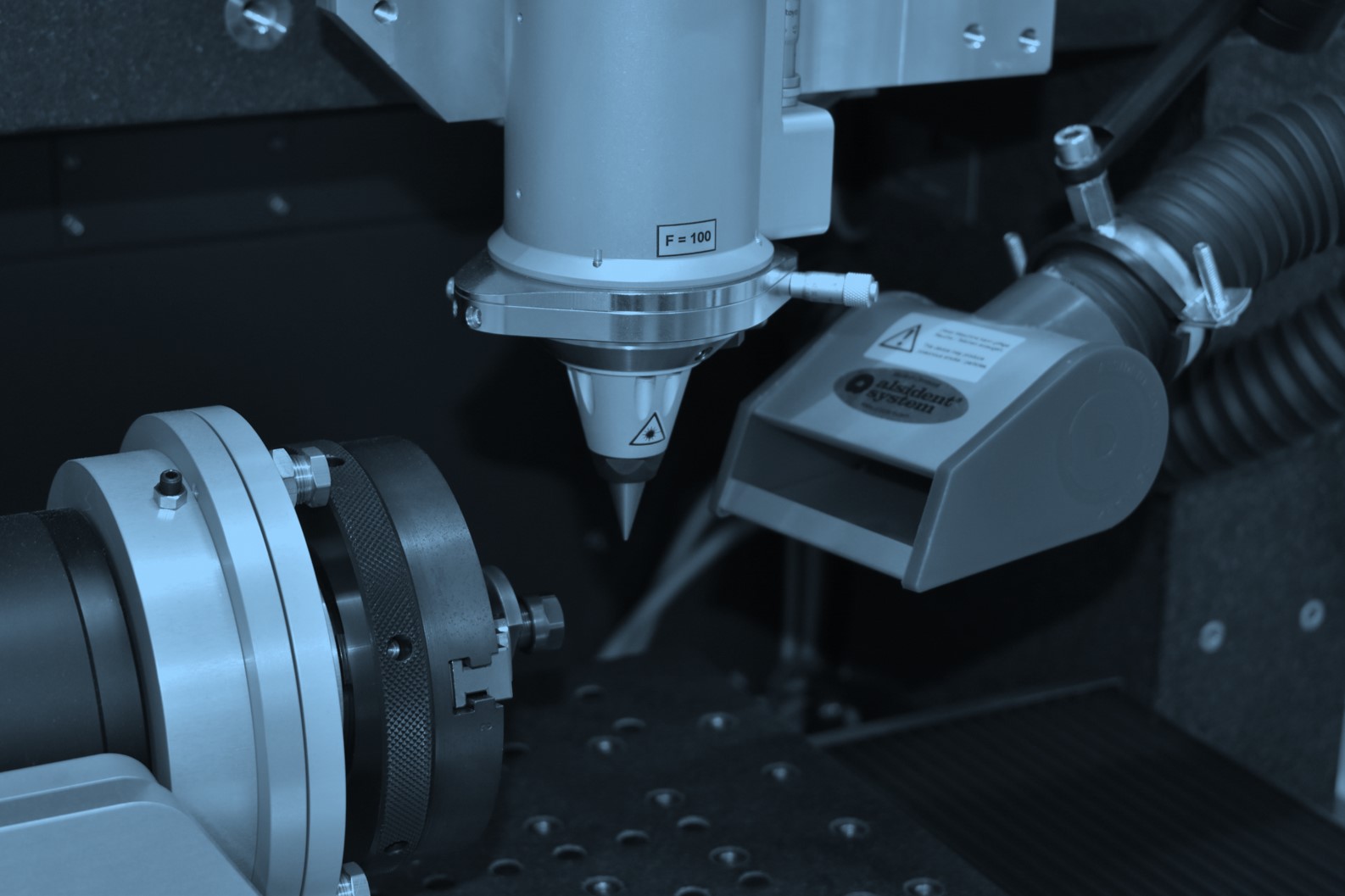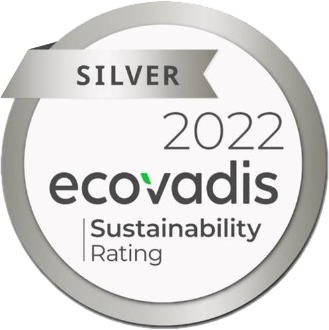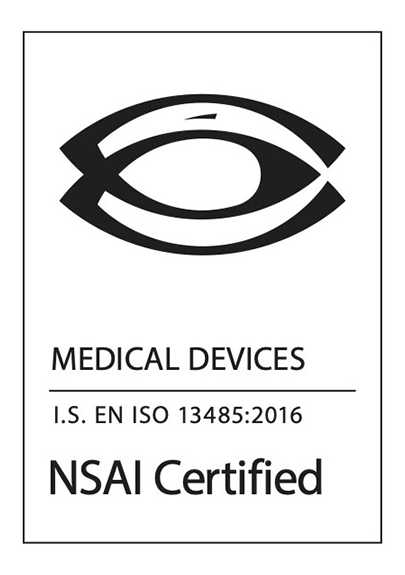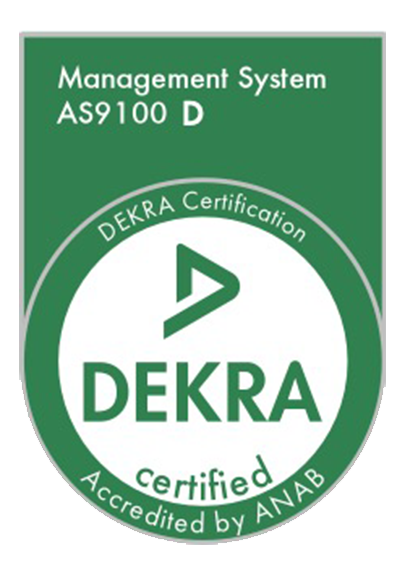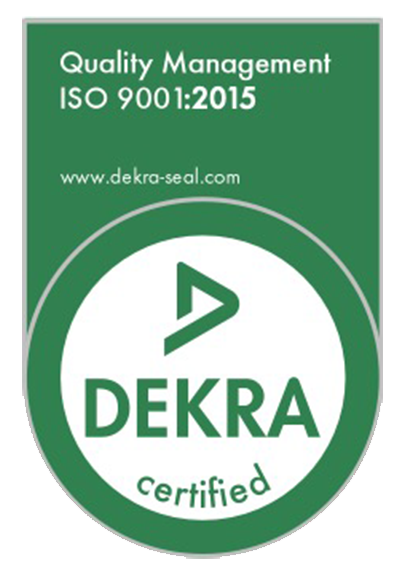The Need for Laser Texturing in Device Manufacturing
In medical device manufacturing, there are often multiple subcomponents fabricated from metal and polymers bound together. Device manufacturers are often faced with the challenge of increasing bond strength and reducing variability in the manufacturing process. This can help improve component quality and potentially even the shelf-life of the device.
In today’s competitive and highly regulated environment, quality is a critical competitive differentiator for medical device companies. In addition, this higher quality must be achieved at lower costs and reduced lead times to get products to market.
Techniques like micro-abrasive blasting used for bonding have a number of challenges, such as:
- Higher costs
- Longer lead times for testing and validation
- Abrasive media residue on textured surface component
Higher manufacturing costs and longer lead times to market are not acceptable in today’s medical device landscape. Medical device companies in the United States have already been facing increased pricing pressure and competition in recent years. Due to recent global supply chain disruptions, inflationary pressures have also hit medical device firms. Today’s medical device companies need faster and more cost-effective product launches. If possible, it is also preferable to avoid residues even with biocompatible materials.
How can medical device firms improve component quality, shorten product launch time and reduce costs in such cases? Laser texturing is an advanced manufacturing capability that medical device companies can use to achieve the desired objectives of shortening product launch time with reduced costs and high quality. It involves using CNC-controlled lasers to texture a surface for bonding.
Achieving the benefits of laser texturing requires:
- An in-depth understanding of all aspects of manufacturing (lasers, materials, fixture design, and tool programming).
- Advanced laser machining capabilities as it requires surface cuts that do not go all the way through the material.
- Tight tolerances to be maintained during this process.
- An understanding of newer manufacturing technologies. For example, technologies like five-axis dual laser systems which provide the advantages of high accuracy, flexibility and reduced setup.
- R&D expertise as often design inputs given need to be analyzed and experiments designed to evaluate optimal texturing patterns.
In order to achieve the desired benefits of laser texturing, medical device OEM’s need to carefully evaluate advanced manufacturing capabilities of contract manufacturing companies.

Laser Texturing Benefits
At Pulse Technologies, laser texturing is integral to our advanced manufacturing capabilities. We have developed advanced techniques to create controlled surface roughness for improved bonding strength. We have successfully used laser texturing for several precision-welded assemblies and precision-machined parts.
Our proprietary laser texturing process capability can help medical device companies improve the quality and repeatability of their manufacturing process. With our laser texturing process, we have delivered:
- 3X increase in strength on metal to polymer adhesive bonds
- Lower costs compared to a process like micro-abrasive blasting
- Improved precision, accuracy, and repeatability in manufacturing

Use Cases in Cardio and Vascular Device Manufacturing
At Pulse Technologies, we work with several OEMs in the cardio and vascular applications space to help them improve component quality and reduce costs with our proprietary laser texturing process. Companies of all sizes can leverage this process to achieve significant benefits. For small to mid-size companies looking to compete with larger players with more resources, laser texturing allows them to introduce high quality products faster and cost-effectively Increasing the lifetime of an acute cardiac device For example, our team developed a CNC-controlled laser texturing process for a leading cardiac manufacturer to increase bond strength and reduce variability between a polymer cannula and a metallic subcomponent. This was vital to helping the manufacturer improve the lifetime of the acute device and establish a competitive advantage in the market.
The Pulse Differentiation
Evaluating a contract manufacturing partner for laser texturing is more complex. As outlined earlier, there are multiple factors that an OEM needs to consider to evaluate competency in this advanced manufacturing technique. Pulse Technologies is a partner of choice for multiple medical device companies as we have:
- Several years of experience with laser machining and particularly laser texturing
- Depth of expertise using laser texturing in medical device manufacturing – we have applied this technique to multiple medical device products
- Strong R&D and Engineering services team that can partner with OEMs to translate their requirements to finished products seamlessly
- Robust quality systems (FDA 21 CFR 820, ISO 13485) and controls in place to minimize risk and deliver high quality products
“For over a decade, several leading medical device companies have leveraged our in-depth expertise in laser texturing to provide them with a competitive edge. We have partnered with them to help launch cutting-edge products faster with high quality and lower costs.” Joseph Giagnacova, VP Engineering, Pulse Technologies

At Pulse Technologies, we offer:
- 25+ years of medical device manufacturing experience.
- Industry-leading in-house metrology and testing capabilities
- 70,000 sq.ft facility.
- 100+ CNC machine tools.
- Data conveniently formatted for DHFs/DHRs, and much more.
Want to learn more? Get in touch: sales@pulsetechnologies.com.
 Careers
Careers Contact
Contact
